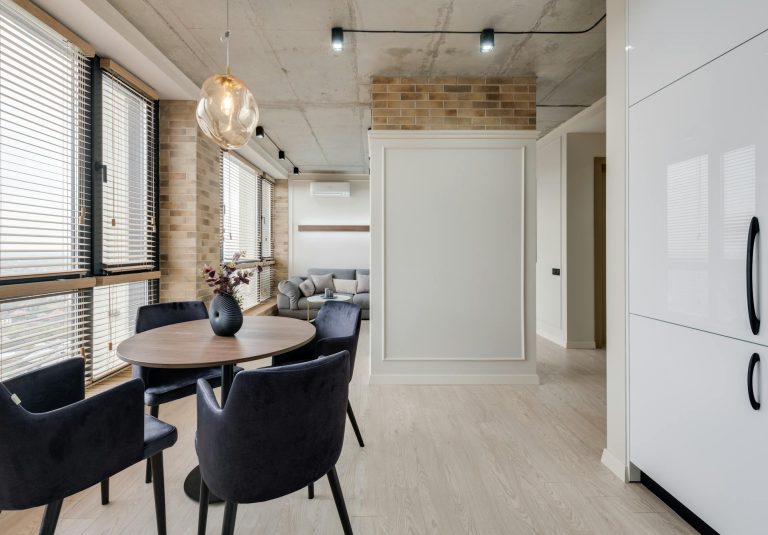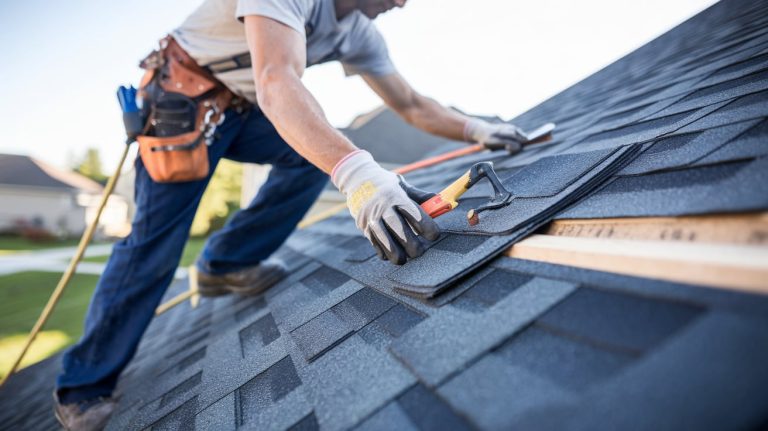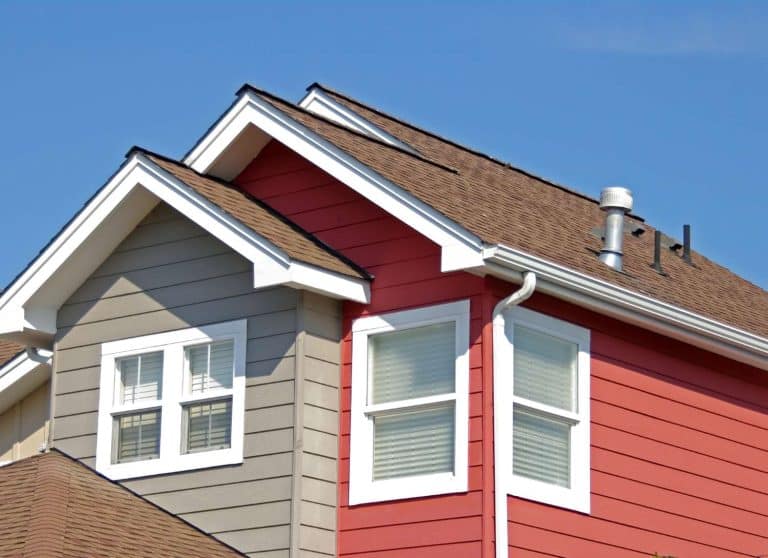Signs of Structural Damage to Look Out for in Your Home (and Why You Should Let the Experts Handle It)
Your home is likely one of your biggest investments, so keeping an eye on its structural integrity is crucial. Even small signs of damage can indicate bigger problems beneath the surface. Whether it’s cracking walls, uneven floors, or sticking doors, these issues may point to deeper structural concerns that require professional attention.
Spotting early warning signs can help prevent costly repairs and ensure your home remains safe and stable. However, fixing structural damage isn’t a DIY job. Here’s what to look out for and why experts should handle it.
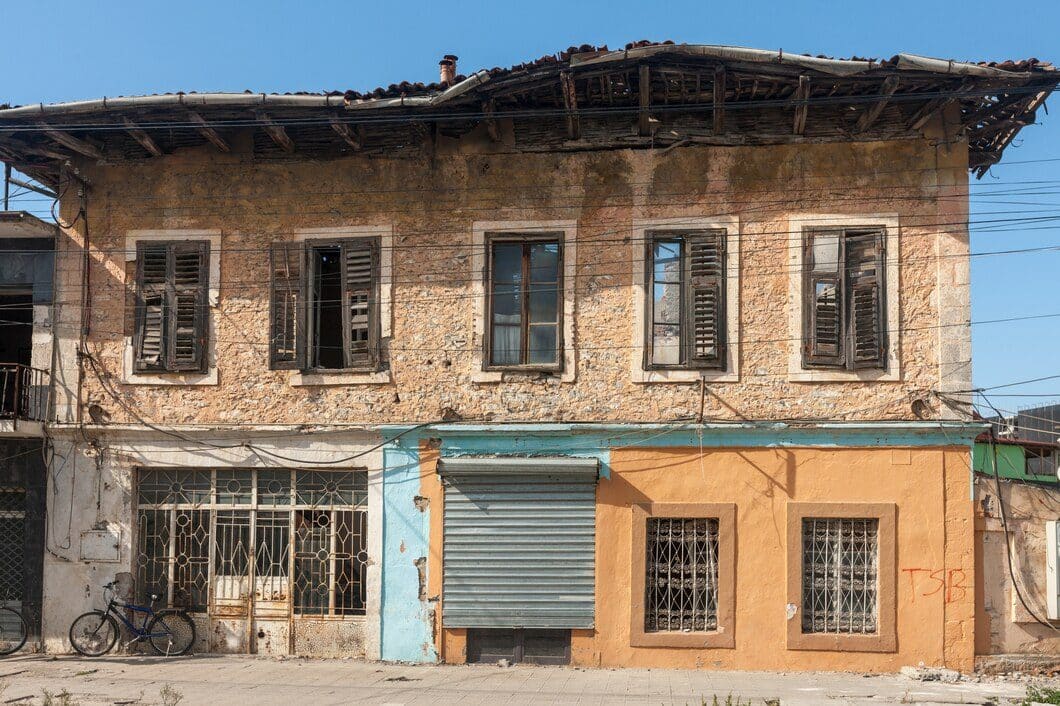
1. Cracks in Walls and Ceilings: Harmless or a Red Flag?
Cracks are one of the most common indicators of structural movement. While some may be harmless, others can signal serious issues.
- Hairline cracks in plaster or paint are usually cosmetic and result from natural settling.
- Wide, jagged, or growing cracks in walls, especially those running at an angle, could indicate foundation movement or shifting.
- Cracks around doorways or windows may suggest excessive stress on the frame, often caused by subsidence or shifting soil beneath the home.
If cracks are large, expanding, or accompanied by other issues like sagging walls, professional assessment is necessary. Structural damage doesn’t resolve itself—it only worsens over time.
2. Uneven or Sloping Floors: A Sign of Foundation Issues
A level floor is something most homeowners take for granted. But if your floors feel uneven underfoot, it might be more than just an old house settling.
Causes of sloping floors include:
- Soil movement—Expanding and contracting soil can weaken a home’s foundation.
- Deteriorating support beams—Over time, wooden beams can rot or weaken, especially in damp environments.
- Structural shifts—If the foundation isn’t stable, parts of the home may slowly sink, creating a noticeable tilt.
A slight slope might not be a big concern, but a dramatic drop or worsening tilt requires immediate attention. Left unchecked, it could lead to severe foundation damage.
For Sydney homeowners, foundation problems are often linked to shifting soil conditions and moisture variations. If your floors seem uneven, getting a professional inspection is the safest course of action. https://remedialbuilderssydney.com/ offers expertise in assessing and addressing structural concerns.
3. Doors and Windows That Stick or Don’t Close Properly
If you’re struggling to open or close doors and windows, don’t just blame humidity. Sticking frames can signal foundation movement.
This happens because:
- A shifting foundation distorts the shape of door and window frames.
- Structural movement can cause pressure on certain areas, making openings uneven.
- Timber expands and contracts with moisture changes, but excessive warping may point to a deeper issue.
If multiple doors or windows are affected, or you notice gaps around frames, have a professional check your home’s foundation. Ignoring it could lead to further structural complications.
4. Bulging or Leaning Walls: A Major Red Flag
Walls should be straight and sturdy. If yours are bulging, bowing, or leaning, it’s a serious concern.
Potential causes include:
- Foundation shifts that put pressure on walls.
- Water damage that weakens structural integrity.
- Deteriorating support beams or load-bearing walls failing under strain.
If you notice visible movement in your walls, don’t wait. This type of damage can quickly escalate, leading to collapse in extreme cases.
5. Gaps Between Walls and Floors or Ceilings
A well-built home has tight connections between walls, floors, and ceilings. If you notice gaps forming, it could be due to:
- Foundation movement pulling structural elements apart.
- Soil subsidence causing sections of the house to shift.
- Weakening materials failing to support the weight of the structure.
These gaps may start small but can widen over time. Addressing them early can prevent extensive repairs down the track.
6. Water Damage and Dampness: The Hidden Threat
Water damage is one of the most destructive forces a home can face. It can compromise structural materials, leading to costly repairs.
Signs of water-related structural issues include:
- Persistent damp patches or mould growth—Often an indicator of leaks or rising damp.
- Warped or rotten timber—A sign that moisture has infiltrated key structural elements.
- Efflorescence on brickwork—White, powdery residue can indicate excessive moisture in masonry.
Water damage can weaken foundations, walls, and support beams. If left untreated, it can lead to structural failure.
7. Roof Sagging or Drooping: A Risk Not to Ignore
Your roof should have a consistent shape. If you notice dips, sagging sections, or an uneven roofline, it’s time to act.
Common causes include:
- Compromised support beams—These bear the weight of the roof and can weaken over time.
- Excessive moisture—Water damage can cause rafters and beams to warp.
- Poor construction or heavy loads—Some older roofs weren’t built to handle today’s insulation and solar panels.
A sagging roof isn’t just an aesthetic issue. If it collapses, it could cause severe damage and pose a safety risk.
8. Why You Shouldn’t Attempt DIY Structural Repairs
While it’s tempting to handle small repairs yourself, structural issues require professional expertise. Here’s why:
- Misdiagnosis can make things worse—What looks like a minor crack might indicate a foundation issue.
- Lack of proper tools and materials—Structural repairs require specialised equipment and knowledge.
- Safety risks—Fixing structural damage can be dangerous if you don’t have the right training.
Professionals don’t just fix the visible problem—they identify and address the root cause. This prevents recurring damage and ensures your home remains stable.
9. The Role of Remedial Builders in Structural Repairs
Remedial builders specialise in assessing and repairing structural issues. Their expertise includes:
- Identifying underlying causes of damage rather than just treating surface-level symptoms.
- Using proper repair techniques to reinforce and restore a home’s integrity.
- Ensuring compliance with Australian building codes to maintain safety and value.
For Sydney homeowners, working with experienced remedial builders means long-term solutions rather than temporary fixes.
10. When to Call a Structural Specialist
If you’ve noticed any of the warning signs mentioned, don’t delay. Get a professional assessment if:
- Cracks are widening or appearing suddenly.
- Your floors feel noticeably uneven.
- Doors and windows no longer fit their frames.
- You see signs of water damage affecting structural elements.
- Your roof or walls show visible movement or sagging.
The sooner you act, the better the outcome. Ignoring structural damage can lead to extensive repairs and decreased property value.
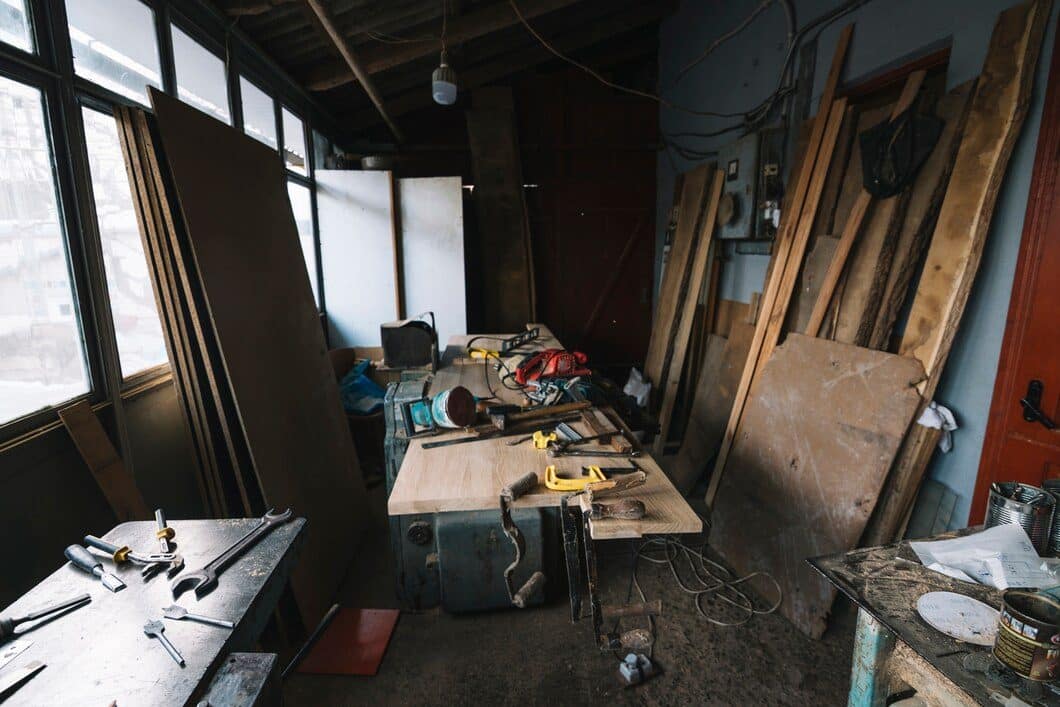
Final Thoughts
Structural damage isn’t something to take lightly. While some minor cracks and shifts are natural, significant movement, sagging, or deterioration should never be ignored. Keeping an eye on warning signs can help prevent major repairs and ensure your home remains safe.
Most importantly, structural repairs should always be handled by professionals. DIY fixes may seem cost-effective but can lead to further damage. Getting an expert assessment means a thorough solution that keeps your home stable for years to come.


